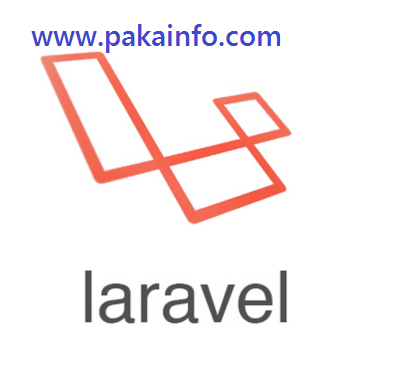Today, We want to share with you Simple Laravel CRUD Validation Tutorial.In this post we will show you Laravel Tutorial: Step by Step, hear for Laravel 5.7 CRUD (Create Read Update Delete) Example from scratch we will give you demo and example for implement.In this post, we will learn about Simple Laravel CRUD with Resource Controllers with an example.
Simple Laravel CRUD Validation Tutorial
There are the Following The simple About Simple Laravel CRUD Validation Tutorial Full Information With Example and source code.
As I will cover this Post with live Working example to develop Laravel 5.7 CRUD Tutorial Example Step By Step From Scratch, so the some major files and Directory structures for this example is following below.
When it simple comes to validation in Laravel. All the way some times often refer to using particuler Requests to achieve it. And then, for making as well as data updating, some define rules might fetch a little bit data tricky. So I have got you Data covered.
public function rules() {
switch ( $this->method() ) {
case 'GET':
case 'DELETE': {
return [];
}
case 'POST': {
return [
'member_name' => 'required',
'member_address' => 'required',
'member_company' => 'required',
'email' => 'required|unique:members,email'
];
}
case 'PUT':
case 'PATCH': {
return [
'member_name' => 'required',
'member_address' => 'required',
'member_company' => 'required',
'email' => 'required|unique:members,email,' . $this->route()->parameters['id']
];
}
default:
break;
}
}
Free Download Example – Pakainfo.com
How To Create and Validate Form in Laravel?
Laravel provides various validation rules that can be used to validate user input in a CRUD application. Here is an example of how to perform validation in a Laravel CRUD application:
In the controller method that handles the create or update operation, you can use the validate method to perform the validation. For example:
public function store(Request $request)
{
$validatedData = $request->validate([
'name' => 'required|max:255',
'email' => 'required|email|unique:users,email',
'password' => 'required|min:8',
]);
// Create the record using the validated data
// ...
}
In this example, we use the validate method to validate the name, email, and password fields of the request. If the validation fails, Laravel will automatically redirect the user back to the form with the validation errors.
You can also use the Validator facade to perform more complex validation or to customize the error messages. For example:
use Illuminate\Support\Facades\Validator;
public function update(Request $request, $id)
{
$validator = Validator::make($request->all(), [
'name' => 'required|max:255',
'email' => 'required|email|unique:users,email,'.$id,
'password' => 'nullable|min:8',
], [
'name.required' => 'The name field is required.',
'email.unique' => 'The email address is already in use.',
'password.min' => 'The password must be at least 8 characters long.',
]);
if ($validator->fails()) {
return redirect()->back()
->withErrors($validator)
->withInput();
}
// Update the record using the validated data
// ...
}
In this example, we use the Validator::make method to create a validator instance and specify the validation rules and error messages. If the validation fails, we manually redirect the user back to the form with the validation errors.
To display the validation errors in the view, you can use the @error directive or the ->has() and ->first() methods. For example:
@error('name') {{ $message }} @enderror
In this example, we use the @error directive to display the validation error message for the name field.
These are some examples of how to perform validation in a Laravel CRUD application. By using the built-in validation rules and error messages, you can easily validate user input and display validation errors to the user.
Angular 6 CRUD Operations Application Tutorials
Read :
Related Search: laravel custom validation, laravel validation unique update, laravel api validation, laravel form request, laravel validation regex, laravel validation in_array, conditional validation laravel, image validation in laravel
Summary
You can also read about AngularJS, ASP.NET, VueJs, PHP.
I hope you get an idea about Simple Laravel CRUD Validation Tutorial.
I would like to have feedback on my Pakainfo.com blog.
Your valuable feedback, question, or comments about this article are always welcome.
If you enjoyed and liked this post, don’t forget to share.
